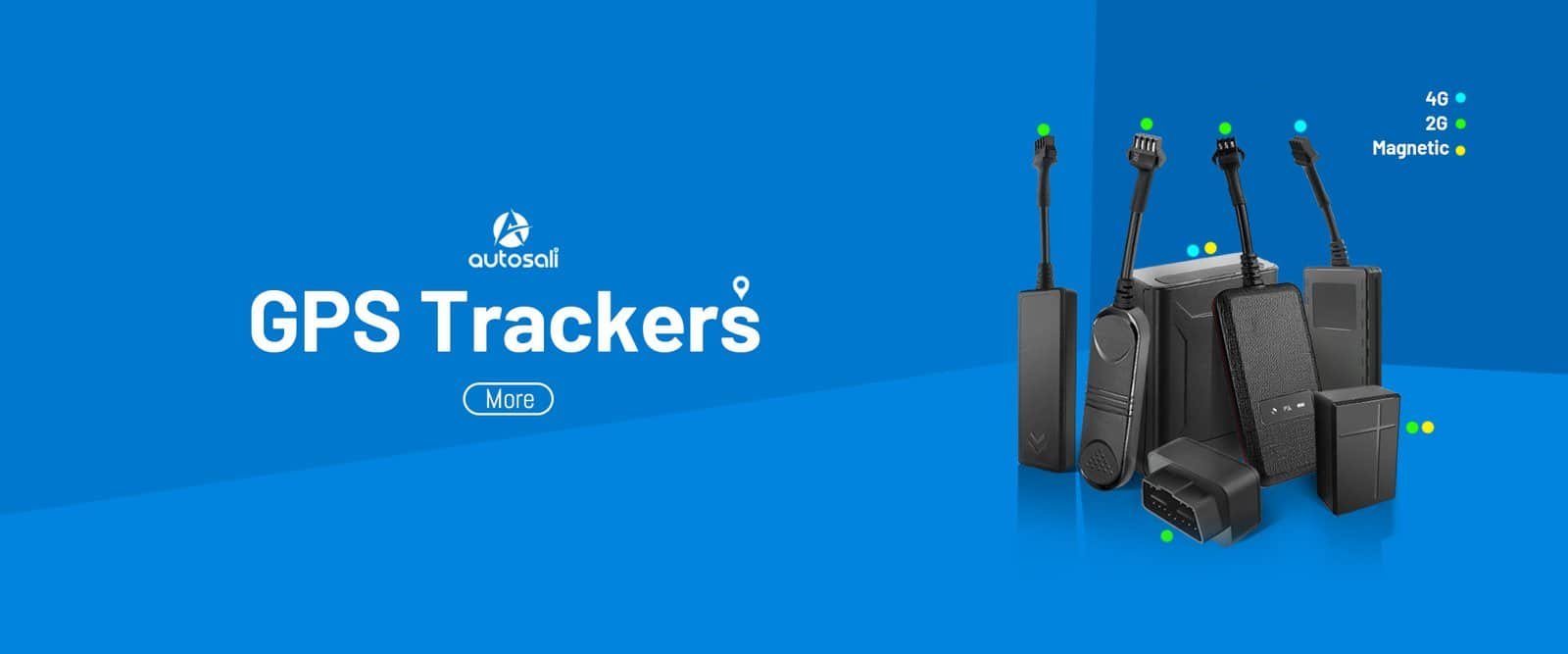Yes, a cell phone can sometimes detect a GPS tracker, depending on the type of tracker and the methods used. Here are some ways a phone might detect a GPS tracker:
1. Bluetooth Detection
- Many GPS trackers (like Tile or AirTag) use Bluetooth for short-range communication.
- Your phone can scan for nearby Bluetooth devices using apps like “Bluetooth Scanner” or “nRF Connect”.
- Apple devices will notify you if an unknown AirTag is moving with you (anti-stalking feature).
2. Wi-Fi & Network Scanning
- Some GPS trackers use Wi-Fi or cellular networks to transmit location data.
- Apps like “Fing” or “Wi-Fi Analyzer” can detect suspicious connected devices.
3. Magnetic or Physical Inspection
- Some GPS trackers use magnets to attach to vehicles.
- A phone with a magnetometer (compass sensor) could detect strong magnetic fields using apps like “Metal Detector” or “Smart Tools”.
4. RF (Radio Frequency) Detection
- Dedicated GPS trackers transmit signals at certain frequencies.
- Specialized RF detectors (like “Bug Detector” apps or hardware scanners) can pick up unusual transmissions.
5. Check for Unknown Apps or Spyware
- If a tracker is software-based (like spyware), check for unknown apps in your phone settings.
- Use anti-spyware tools like “Malwarebytes” or “Certo Mobile Security”.
6. Vehicle OBD-II Port Check
- Some trackers plug directly into a car’s OBD-II port (usually under the dashboard).
- Physically inspecting the vehicle can help find hidden devices.
Limitations:
- Passive GPS trackers (no transmission) are harder to detect.
- Professional-grade trackers may use stealth modes to avoid detection.
- Non-Bluetooth trackers (cellular-based) may only be found with RF scanners.
Best Approach:
- Use a combination of Bluetooth scanning, Wi-Fi checks, and physical inspection.
- If you suspect a hidden tracker, consider professional help (e.g., a bug sweep service).
For more detection knowledge, welcome to contact Autosali team.





